Fox-red labradors: Why red is the new black
From russet red to ever-so-slightly blushed, the fox-red is growing in popularity across the country sporting world. However, the gundog of the moment goes further back than you think, discovers Katy Birchall.
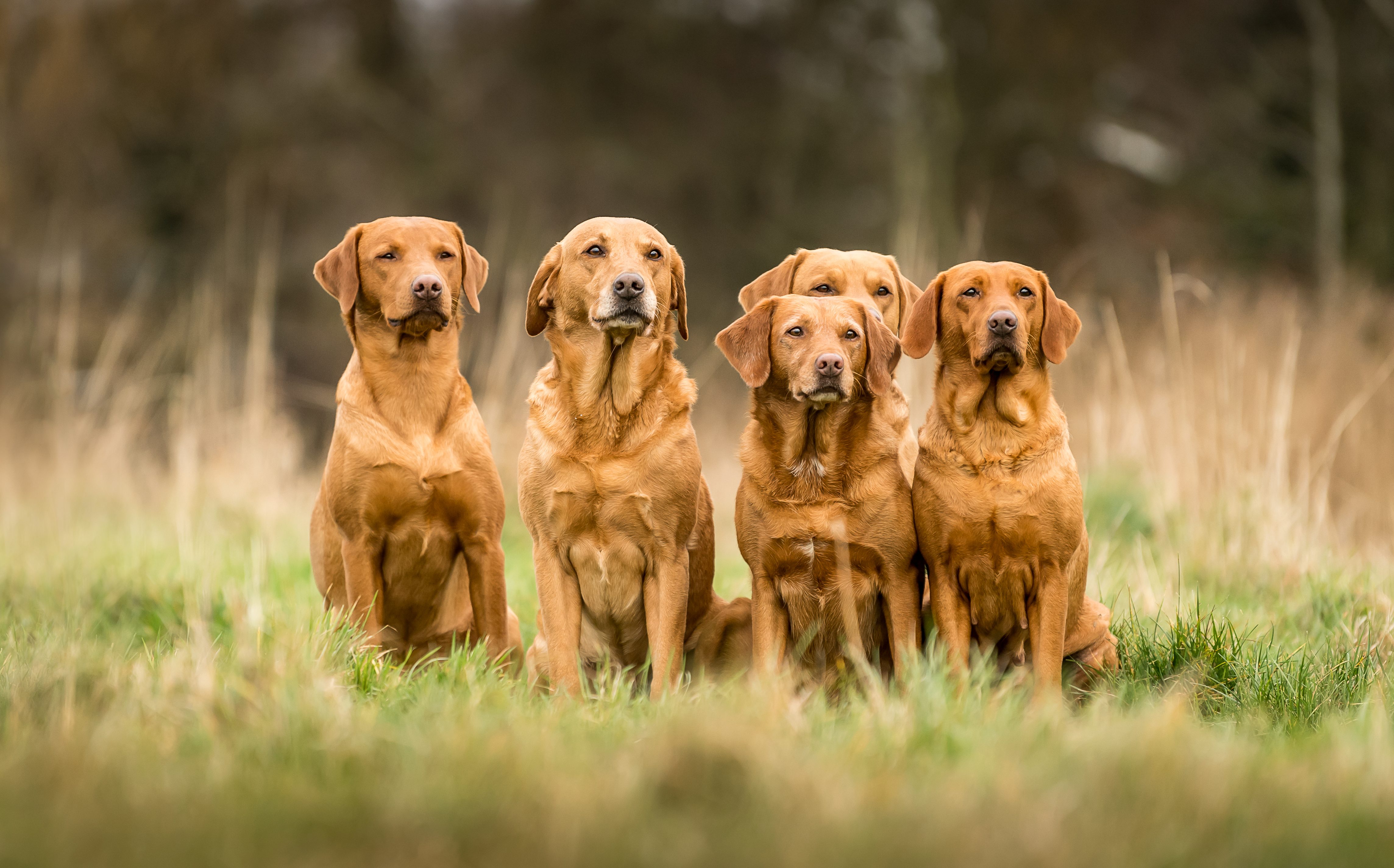

'What’s in a colour?’ Had Shakespeare been around a few centuries later and a labrador man, this surely would have been the real question troubling the two households in fair Verona.
Much like the love between a Montague and a Capulet, the best labrador colour can be a controversial affair. Black remains the dominant shade in the shooting field, but the noticeable rise in popularity of a certain shade of yellow has got us asking if red could be the new black.
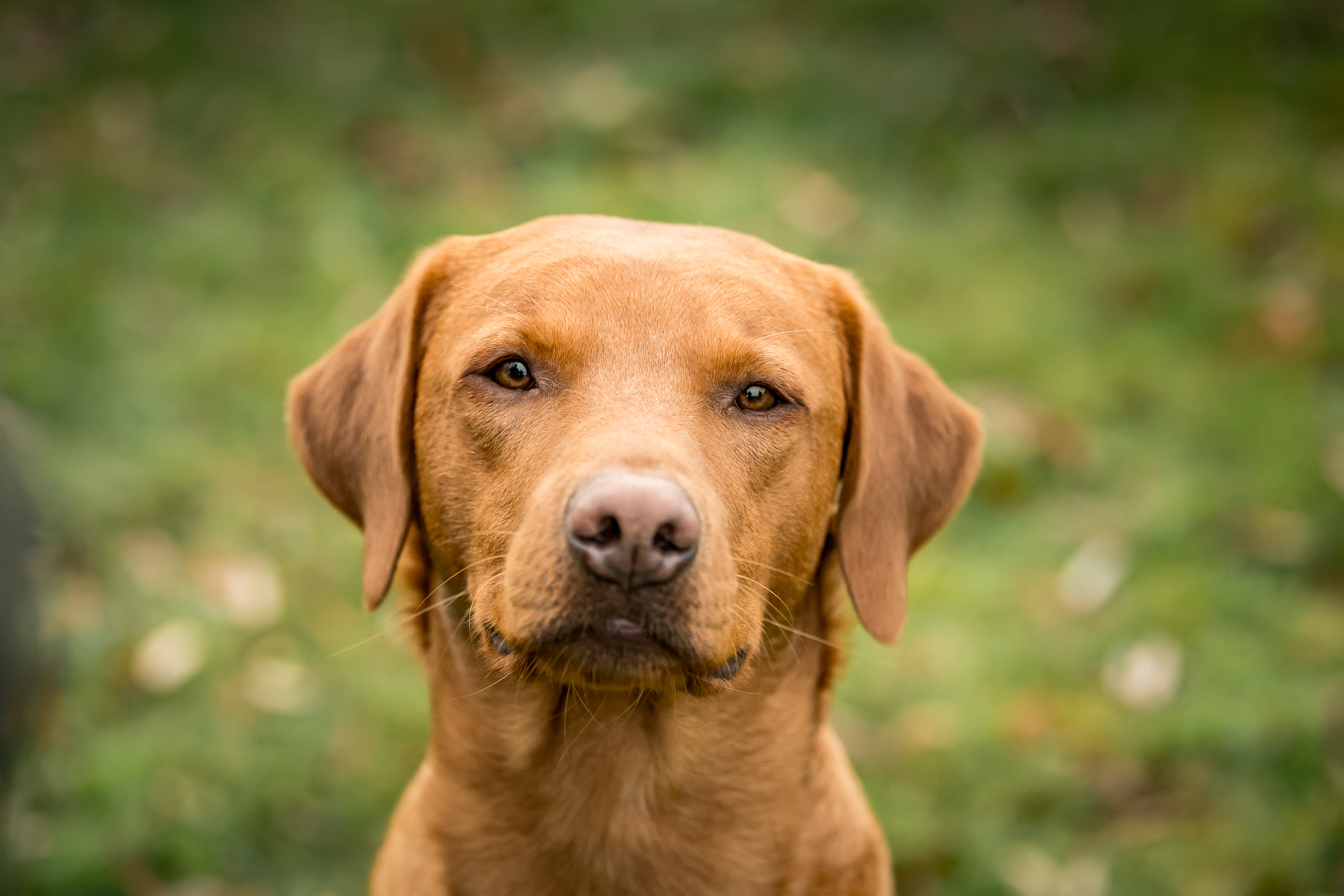
‘The fox-red colour is really very striking,’ declares Lt-Gen Sir Barney White-Spunner, former executive chairman of the Countryside Alliance. Currently the owner of two labradors, his family has kept fox-reds for years.
‘People are always interested in where they’ve come from – they often get mistaken for Rhodesian ridgebacks, which can be a bit irritating,' he says. '
They’re lovely dogs – very companionable and terribly patient. They just love their shooting and all of ours have had tremendous noses, which makes a huge difference.’
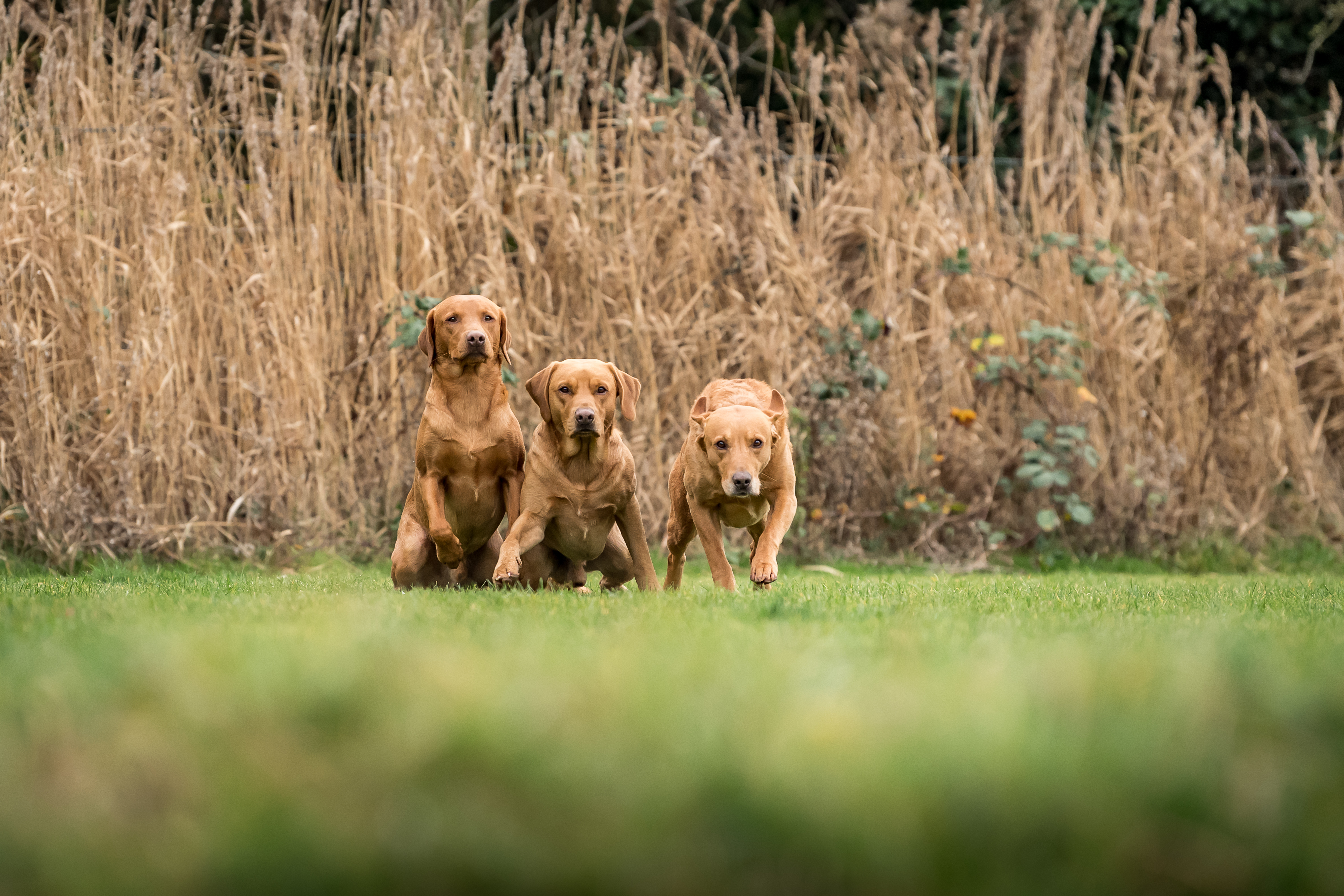
Sam Rickitt saw a fox-red labrador for the first time when he was out shooting in Leicestershire some six years ago. ‘One of the pickers-up had one,’ he remembers. ‘The dog worked beautifully and was lovely to watch.’ A few years later, Mr Rickitt found himself the proud owner of fox-red Bramble, a birthday gift from his wife, deputy editor of The Field Ali Henton.
Training Bramble with the help of Phil Garton of Fieldcrest Gundogs – ‘he’s training me as much as the dog, if I’m honest’ – Mr Rickitt is pleased to find that she isn’t only a pretty face. Halfway through this past season – her first full one – she picked up 43 birds on a shoot in Derbyshire.
Exquisite houses, the beauty of Nature, and how to get the most from your life, straight to your inbox.
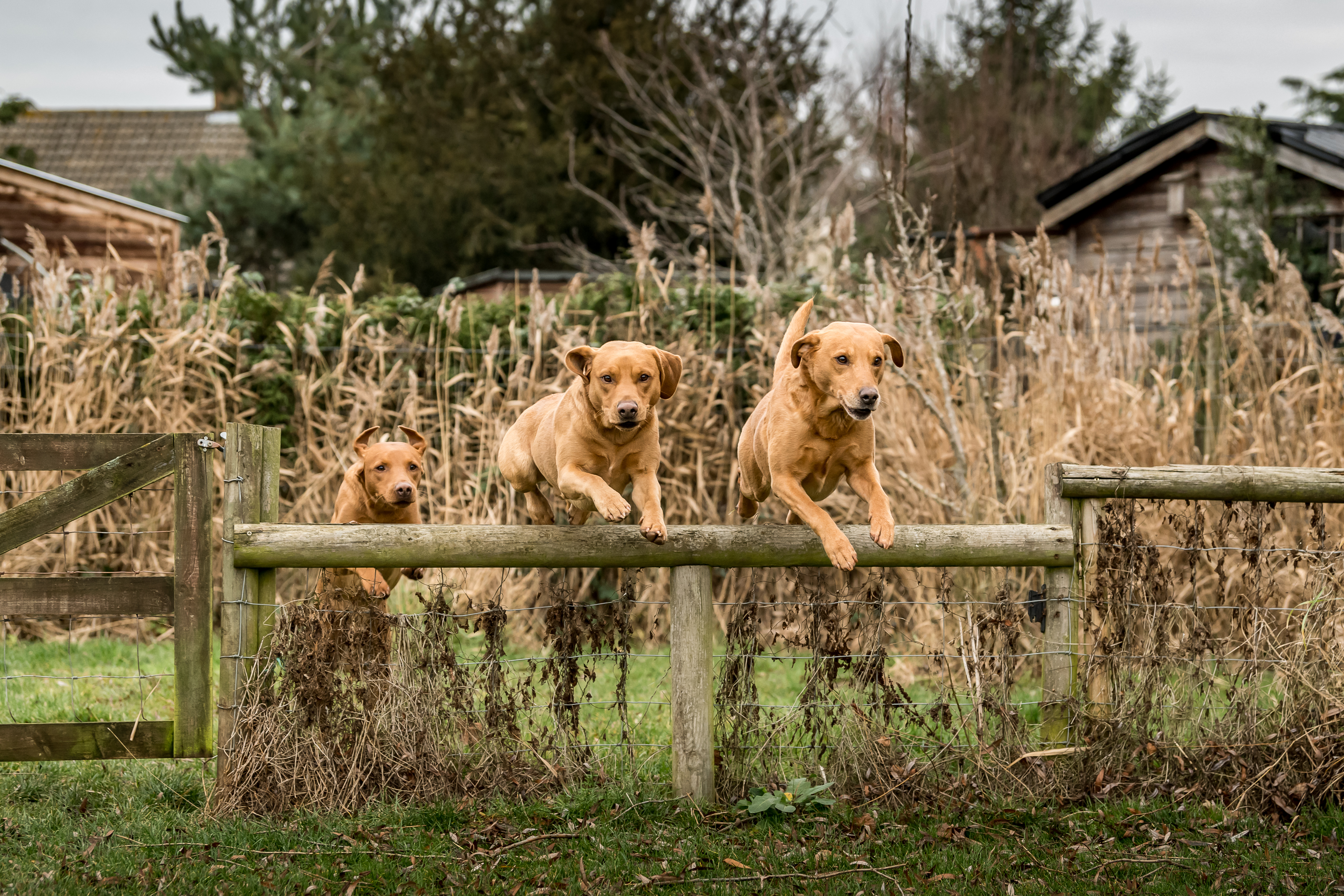
‘She’s speedy and her marking and visual acuity are very good. As a two year old, her steadiness is getting there,’ Mr Rickitt reports. A well-travelled dog, Bramble accompanies her master everywhere, from patiently sitting on the riverbank for salmon fishing in Scotland to taking part in a walked-up grouse day. ‘She has a wonderful breadth of ability,’ he enthuses. ‘Going out in the field with Ali and having Bramble with us just completes it – although, with those 43 birds, Bramble is going up in the pecking order.’
Guy Radford, field-trial secretary of Dove Valley Working Gundog Club, has long been a fox-red fan, but points out their one disadvantage. ‘When it goes wrong, everyone knows he’s mine,’ he laughs. ‘If you have a black labrador, you might get away with blaming someone else, but if mine runs in, I can’t hide anywhere.’
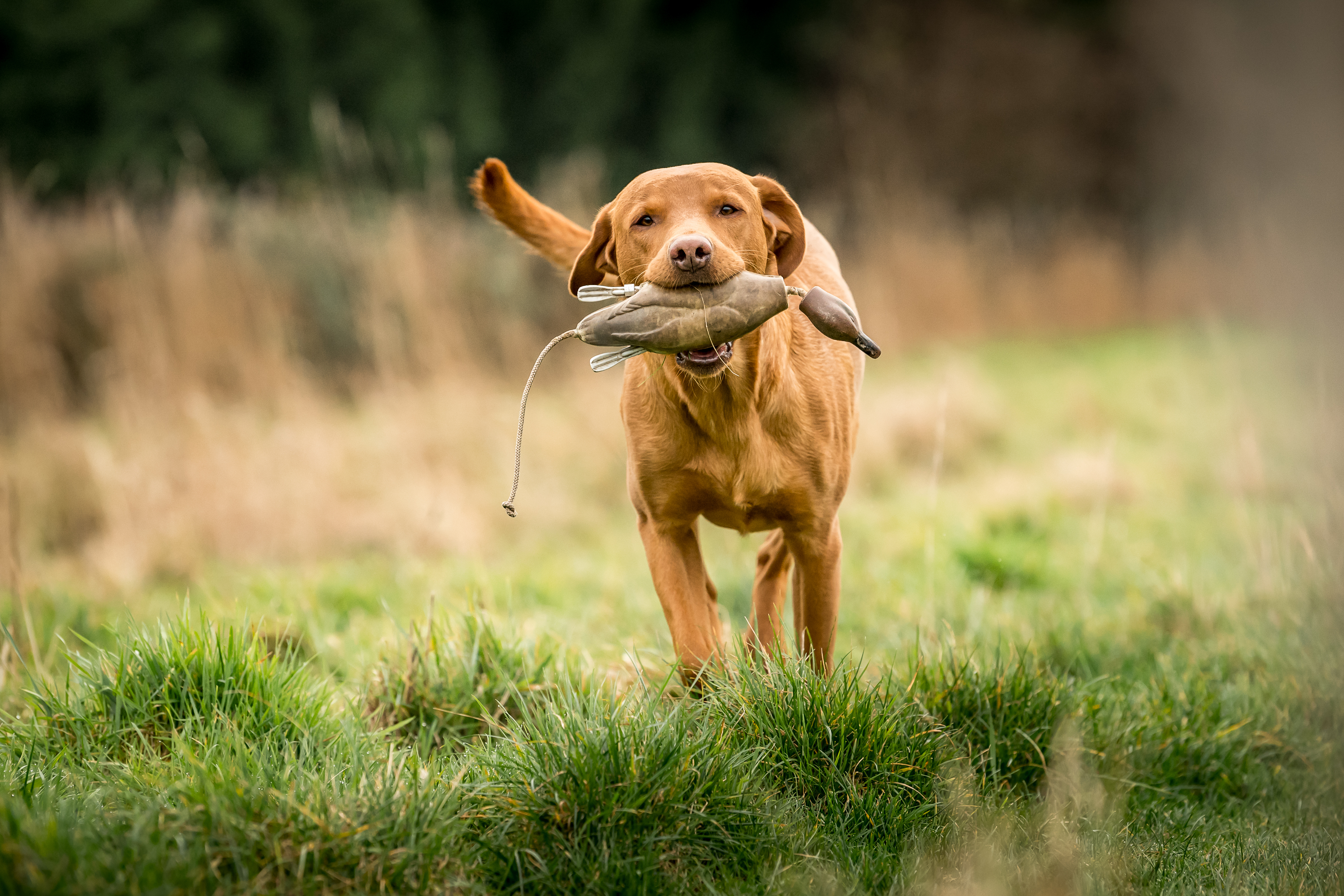
Having worked labradors for 40 years, Mr Radford currently has five yellows, one of which is a fox-red, the others dark yellow, and he’s keen to point out the difference. ‘Because the fox-red colour is becoming popular, it can be misrepresented and a lot of dark yellows are described as fox-red. That genuine, deep chestnut-red is a beautiful colour and still fairly unusual, so generates interest. People approach me on shoots who’ve never seen one before. My boy often gets mistaken for a vizsla.’
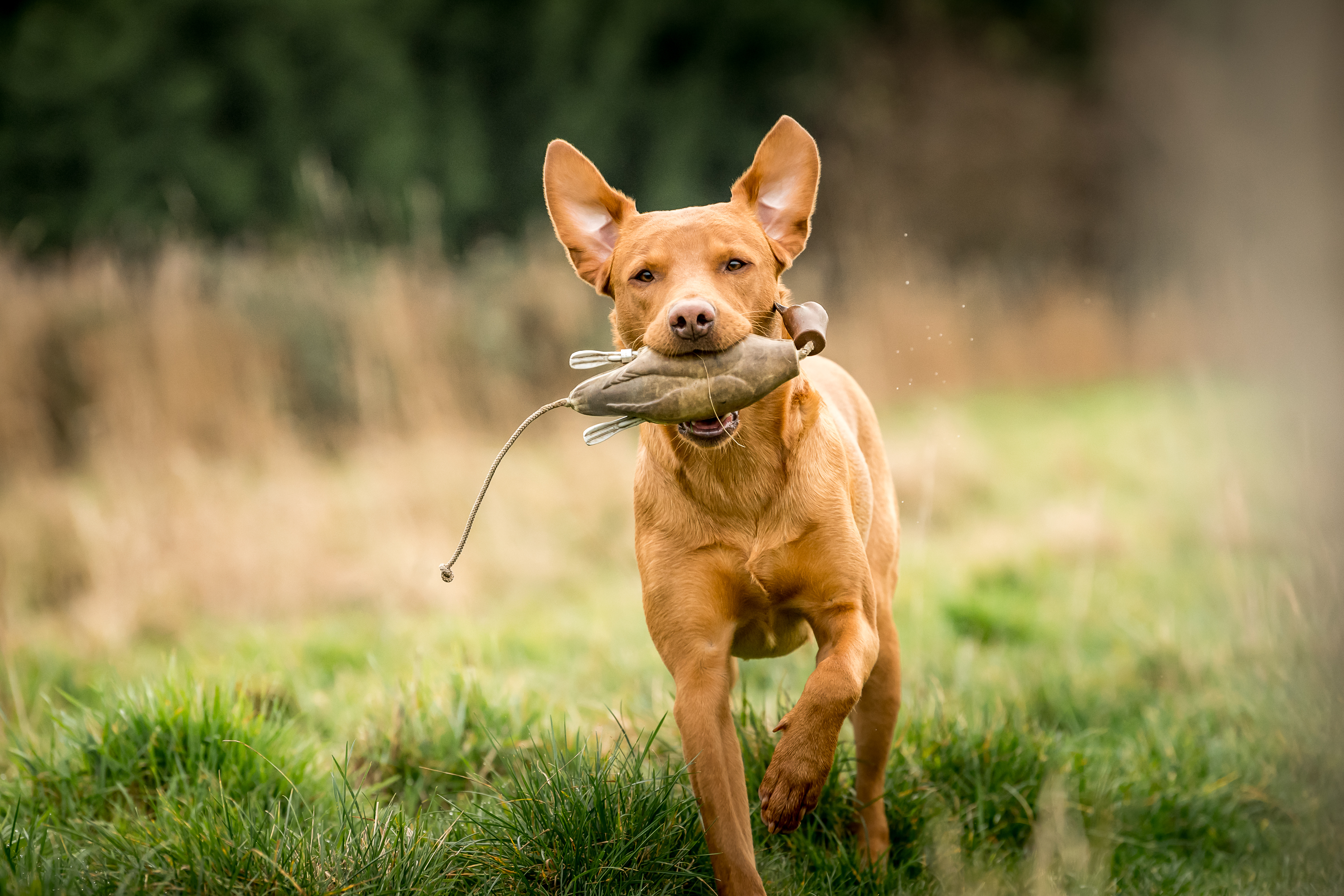
Today, the fox-red may seem to be the avant-garde member of the yellow-labrador family – it’s important to reiterate that fox-red is a shade of yellow labrador, not a colour in its own right – but the darker shade was, in fact, the original. The black-and-white photograph of the first recorded yellow labrador, taken in 1899, illustrates a dark-furred dog, arguably what we’d now call fox-red.
This traditional shade of yellow labrador wasn’t overshadowed until later in the 20th century, when the rare lighter hue came into fashion and the dogs became paler and paler.
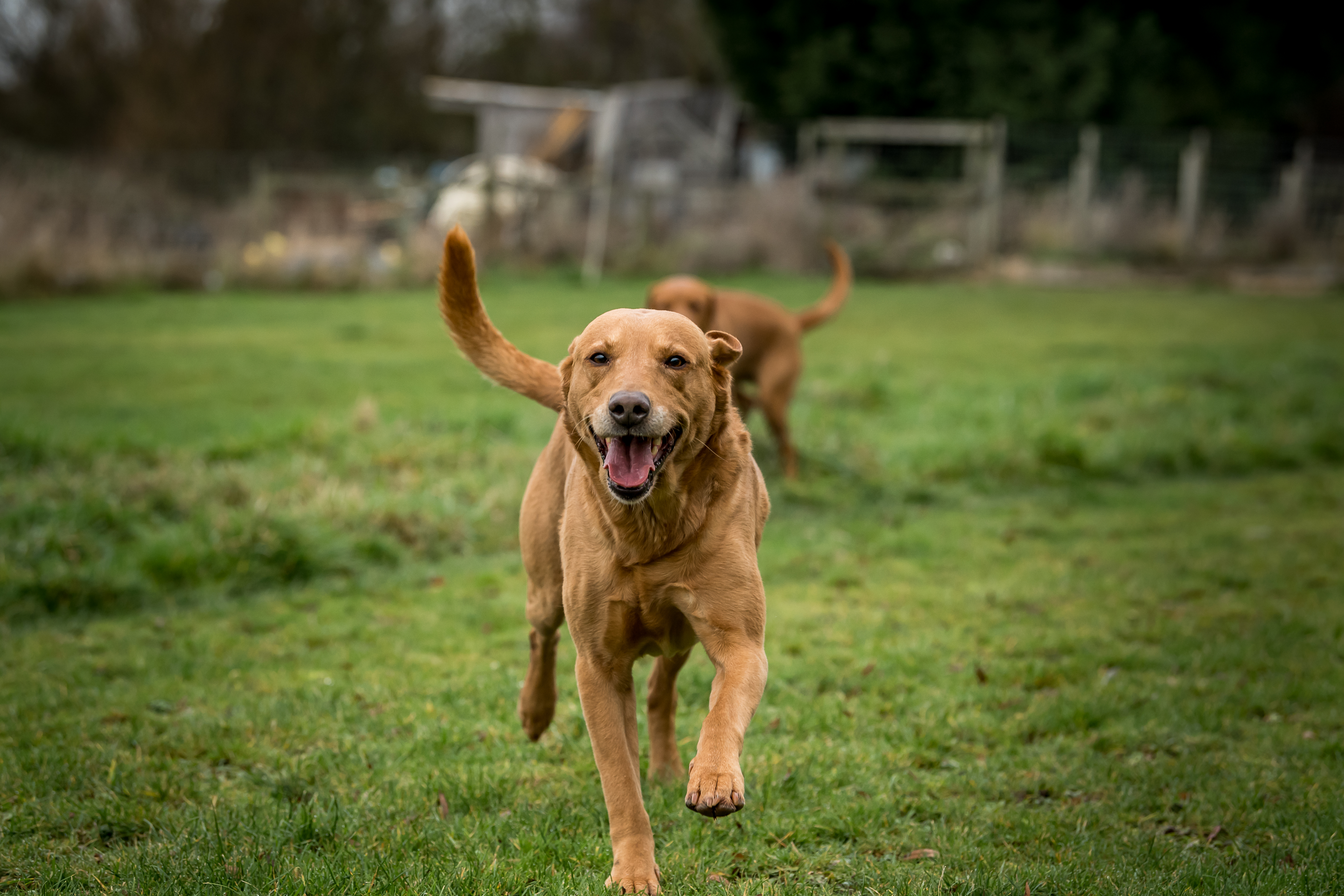
‘Fashion is fickle,’ states Gilly Nickols of Bedgebrook Gundogs in East Sussex. ‘When I started in gundogs, most working labradors on shoots and at field trials were black, then the yellows increased in popularity. I became wary of people wanting to use Rouble at stud because of his colour, rather than his ability, pedigree and temperament.’
Rouble, her ‘first and best’ fox-red labrador, came to her quite by accident, when she bumped into a breeder at the CLA Game Fair who happened to mention that she had a puppy for sale. ‘He was a dog in a million,’ Mrs Nickols recalls. ‘When he was five, I made him up to a Field Trial Champion. He slept in the kitchen that night, rather than the kennel, and I kept going downstairs to tell him how brilliant he was.’

Rouble also made his mark when picking up at the Balcombe estate, owned by the Green-wood family: ‘I sent him across a reservoir, up a bank, over a fence and into the edge of a wood to where I had last seen a wounded hen pheasant. Once there, he put his head down and took a line some 70–80 yards before picking the bird and returning to me with it. Mrs Greenwood was kind enough to say it was the best retrieve she’d ever seen and still talks about it some 14 years on.’
‘They’re simply beautiful dogs and lovely characters. Obviously, ours are much nicer than everybody else’s, but I suppose everyone thinks that, don’t they?’
‘There’s nothing better than watching a fox-red labrador using all its natural hunting ability to find and pick a runner on a shoot day,’ remarks Jill Parsons. After competing in working trials with weimaraners, Miss Parsons acquired her first fox-red labrador, Rocky, and ‘became hooked’. Now the owner of five fox-reds and two yellows, she admits she ‘may be slightly biased’, but thinks the popularity of fox-reds for shooting is mostly down to their excellent working ability.
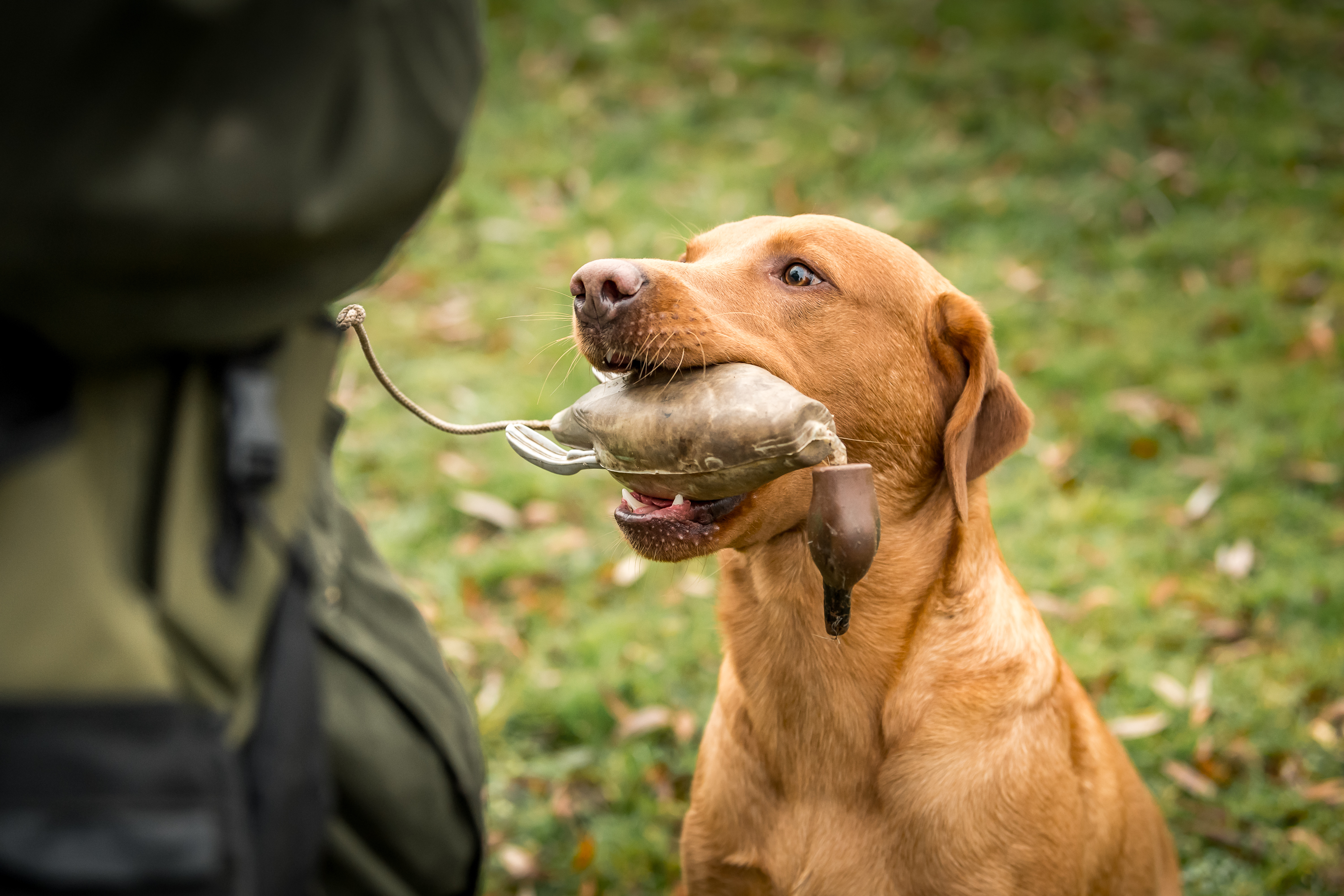
This theory is echoed by gundog writer David Tomlinson, who notes that ‘fox-reds tend to be from working rather than show lines, which might explain their popularity as shooting dogs’. Otherwise, he says, the labrador-coat debate is much like choosing between a red or a yellow Ferrari: ‘They’re both the same, except for the colour.'
'the show world preferred the lighter yellow colour and it was the shooting fraternity that kept the fox-red alive.’
The worry, Miss Parsons emphasises, is that the fashion for fox-reds will lead to their downfall. ‘What’s happening in recent years is that any old fox-red dog is being mated with any old fox-red bitch in the hope of producing the darkest red colour, without any real thought to temperament, working ability, health or conformation,’ she explains. ‘I hope the shooting world will be the custodians of the fox-red – in the past, the show world preferred the lighter yellow colour and it was the shooting fraternity that kept the fox-red alive.’
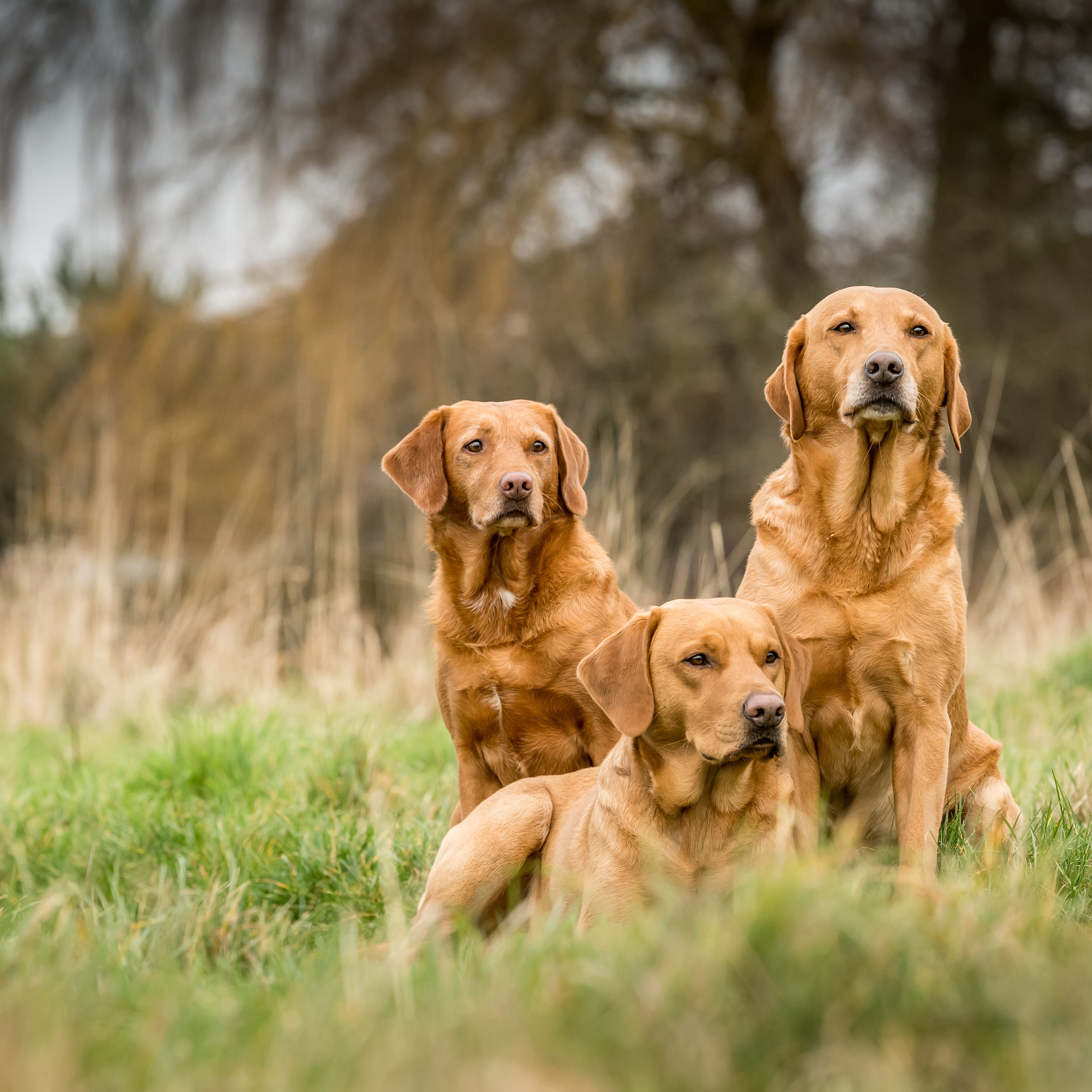
Ultimately, as the saying goes, a good dog is never a bad colour. As Sir Barney declares: ‘They’re simply beautiful dogs and lovely characters. Obviously, ours are much nicer than everybody else’s, but I suppose everyone thinks that, don’t they?’
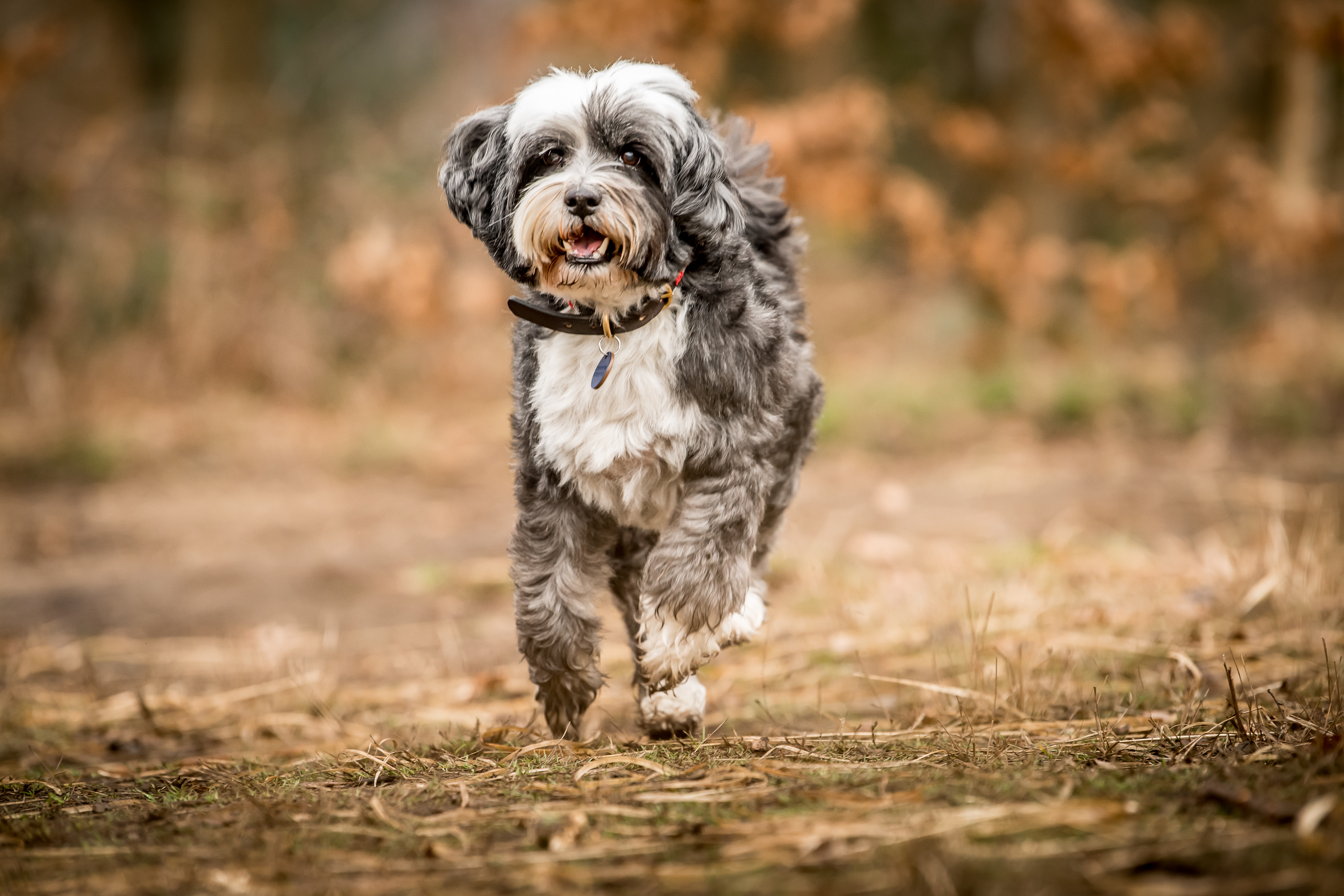
Tibetan terriers: Friend to the famous, lovably lively and perhaps the Kennel Club's best-kept secret
They have a starry following, but characterful Tibetan terriers are still a well-kept secret. Emma Hughes meets the best dog
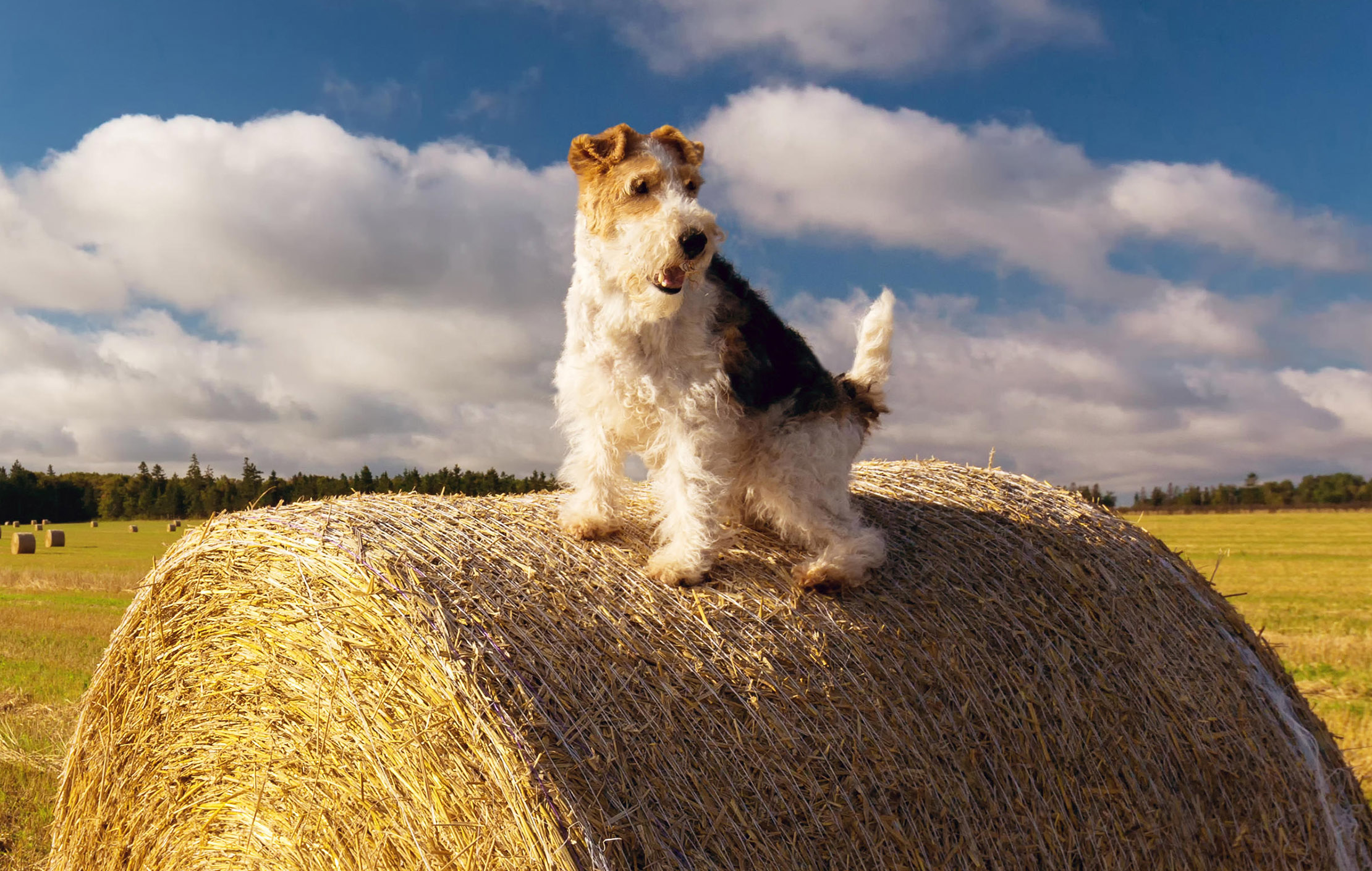
Seven things you need to know if you're getting a wire fox terrier, from stealing food to undying loyalty
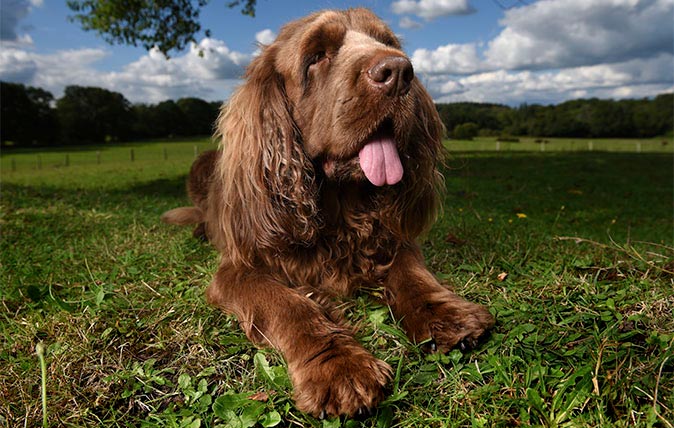
Credit: John Millar/Country Life
The top ten British dog breeds that need saving and quickly
French bulldog wins top spot over labrador as some of the most quintessentially British breeds are pronounced 'vulnerable' by the
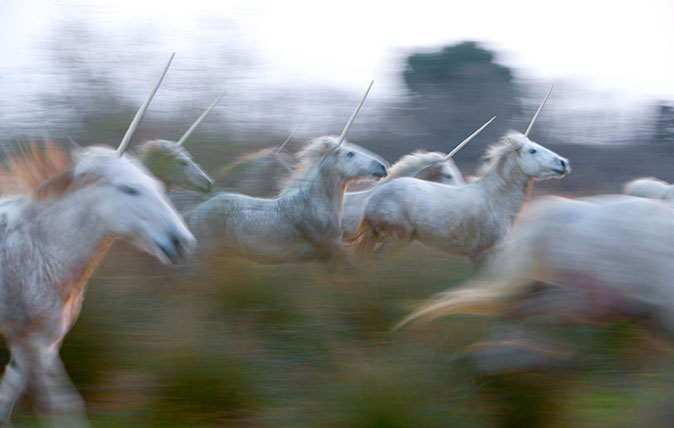
Credit: Alamy Stock Photo
Curious Questions: What are unicorn horns made of? And why are we so fascinated by these mythical beasts?
Whether it be in a coat of arms, in a piece of art or emblazoned on the backpack of a
Katy Birchall is a journalist and the author of several young adult and teen novels, including The It Girl series and the Hotel Royale series. She has written a retelling of Jane Austen’s Emma for the Awesomely Austen series and the Netflix spin-off novel Sex Education: The Road Trip. She is also the author of several romantic comedies for adults including The Secret Bridesmaid and The Wedding Season. She writes romantic fiction for young adults under the name Ivy Bailey, romantic-comedy under the name Katrina Logan, and romantic sports fiction for adults under Katherine Reilly. She lives in London with her husband, daughter and rescue dog.
